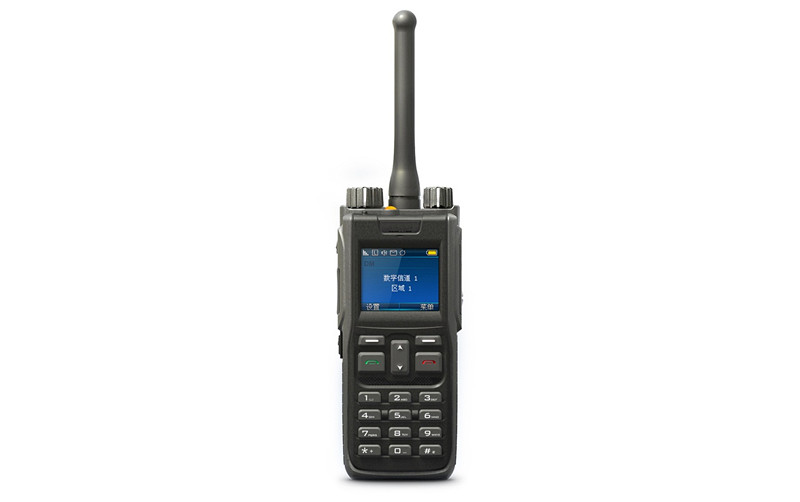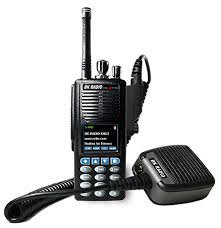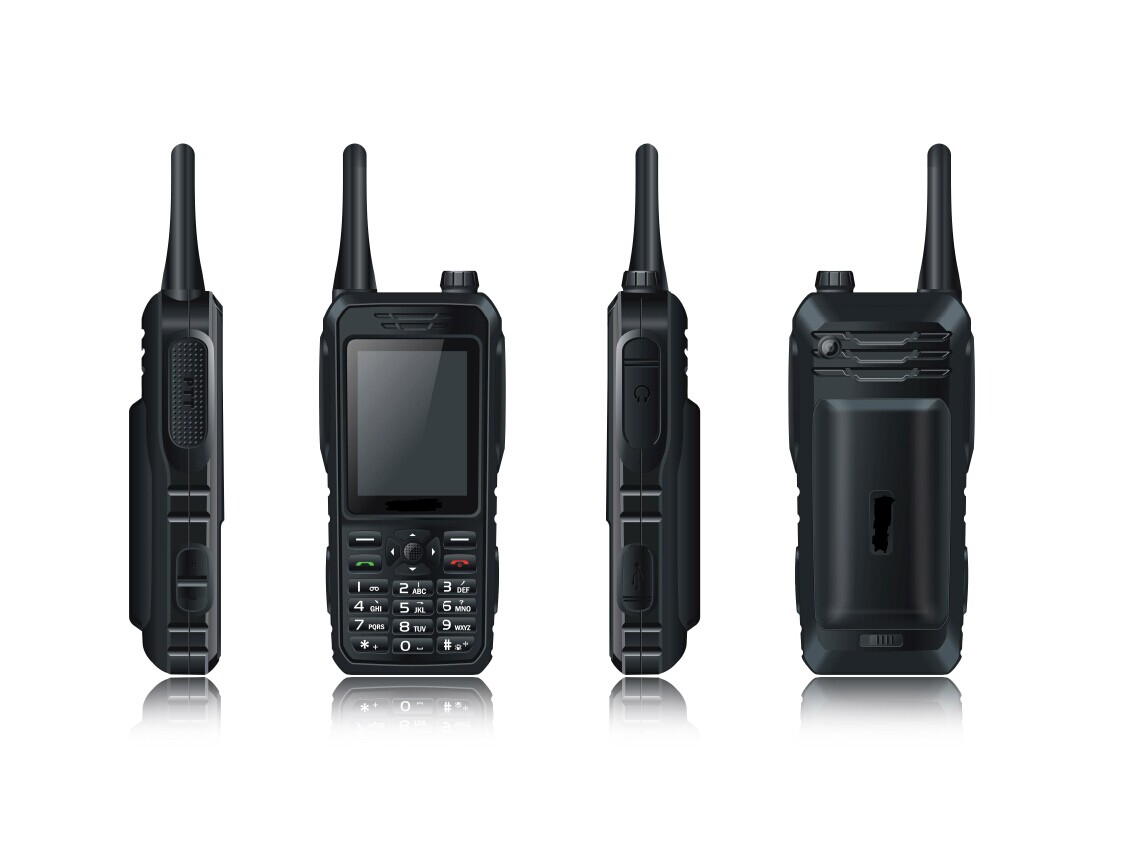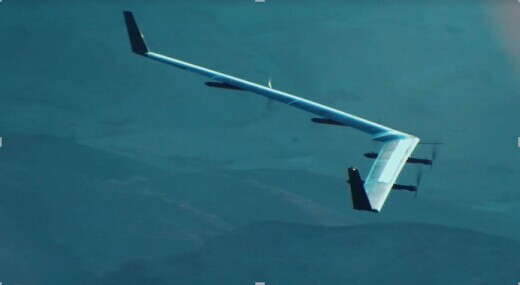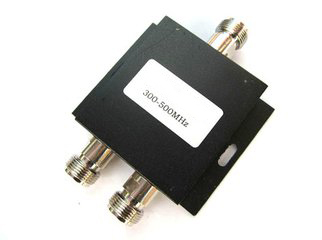An Introduction to the Digital Two Way Radios
Only two way radios which directly use digital signal processors can be called the real sense of digital two way radios, while those use the digital control signal (such as two way radios of the cluster system) can not be called digital two way radios.
Digital two way radios have many advantages. The biggest advantage is making better use of spectrum resources, which is similar to the cellular digital technology.
First, digital two way radios can load more users in a designated channel such as 25KHZ and improve the spectrum utilization, which is a solution to the crowded frequency, with long-term significance.
Second, digital two way radios can improve the quality of voice. Because digital communication technology has in-system error correction function, compared with analog-interphones, two way radios can be used in a wider range of signal environment and can achieve better voice and audio quality, with fewer received audio noises but clearer voice.
Third, digital two way radios can improve the voice and data integration and change the weaknesses that the control signal will be weakened as the communication distance is increased. Compared with similar integrated analog voice and data systems, digital two way radios can provide better data processing and interface functions so that more data applications can be integrated into the same two-way wireless communication base station structure for more perfect and convenient voice and data service integration.
These three characteristics make digital two way radios become the future trend of the development of two way radios technology.
In the 1970s, Motorola introduced digital technology into the two way radios system design. In 1975, it produced a digital voice-encrypted DVP radio, and in 1980, it developed a digital data communication system. In the 1991 Desert Storm operation, 35,000 digital two way radios were used. Obviously, with the development of radio communication technology, people's improved demand for wireless communication quality and the increasing spectrum resources, digital two way radios will have a huge demand market. But no matter how extensive the applications of digital two way radios are, the very mature simulation technology in the radio technology will continue to serve for the design of the two way radios in a very long period of time, making two way radios have small sizes, low costs, powerful functions and become more commercial, to meet the different needs of communication users. Digital two way radios can not replace the analog-interphones in a short time. These two two way radios will play their own roles and develop together.
Until 2010, many manufacturers have launched their own definition of communication protocol digital two way radios, but the open standards for digital radio are dPMR and DMR these two protocols. The standards for the dPMR protocol is "ETSI TS 102 490", "ETSI TS 102 658". The standard for the DMR protocol is "ETSI TS 102 361-1, 2, 3, 4". These two communication protocols have relatively low starting points, far from the current (2010) wireless public network communication protocol. As the digital process of the two way radio industry is very slow, some people jokingly talk about the field that it is the last digital electronics industry.

Digital two way radios have many advantages. The biggest advantage is making better use of spectrum resources, which is similar to the cellular digital technology.
First, digital two way radios can load more users in a designated channel such as 25KHZ and improve the spectrum utilization, which is a solution to the crowded frequency, with long-term significance.
Second, digital two way radios can improve the quality of voice. Because digital communication technology has in-system error correction function, compared with analog-interphones, two way radios can be used in a wider range of signal environment and can achieve better voice and audio quality, with fewer received audio noises but clearer voice.
Third, digital two way radios can improve the voice and data integration and change the weaknesses that the control signal will be weakened as the communication distance is increased. Compared with similar integrated analog voice and data systems, digital two way radios can provide better data processing and interface functions so that more data applications can be integrated into the same two-way wireless communication base station structure for more perfect and convenient voice and data service integration.
These three characteristics make digital two way radios become the future trend of the development of two way radios technology.
In the 1970s, Motorola introduced digital technology into the two way radios system design. In 1975, it produced a digital voice-encrypted DVP radio, and in 1980, it developed a digital data communication system. In the 1991 Desert Storm operation, 35,000 digital two way radios were used. Obviously, with the development of radio communication technology, people's improved demand for wireless communication quality and the increasing spectrum resources, digital two way radios will have a huge demand market. But no matter how extensive the applications of digital two way radios are, the very mature simulation technology in the radio technology will continue to serve for the design of the two way radios in a very long period of time, making two way radios have small sizes, low costs, powerful functions and become more commercial, to meet the different needs of communication users. Digital two way radios can not replace the analog-interphones in a short time. These two two way radios will play their own roles and develop together.
Until 2010, many manufacturers have launched their own definition of communication protocol digital two way radios, but the open standards for digital radio are dPMR and DMR these two protocols. The standards for the dPMR protocol is "ETSI TS 102 490", "ETSI TS 102 658". The standard for the DMR protocol is "ETSI TS 102 361-1, 2, 3, 4". These two communication protocols have relatively low starting points, far from the current (2010) wireless public network communication protocol. As the digital process of the two way radio industry is very slow, some people jokingly talk about the field that it is the last digital electronics industry.

Related News
- An Introduction to the Digital Two Way Radios
- Ambulance EVAM System Can Send FM Radio Signal to the Front Car
- The Successful Development of The Invisible Radio
- Market Analysis of Two Way Radio in China
- India Client Came to HYS for Business Discussion
- 2016 HKEF (Spring Edition), April 13 to 16, 2016, 3D-A09
- HYS Has Participated In the Alibaba Orange Competition
- 2015 HKEF (Autumn Edition), October 13 to 16, 3G-C14
- The Trend of Chinese Two Way Radio in 2016

